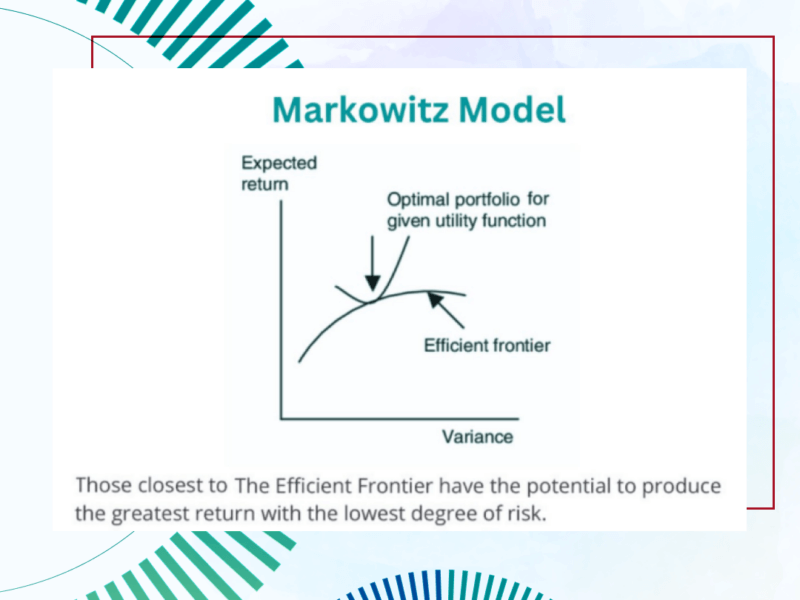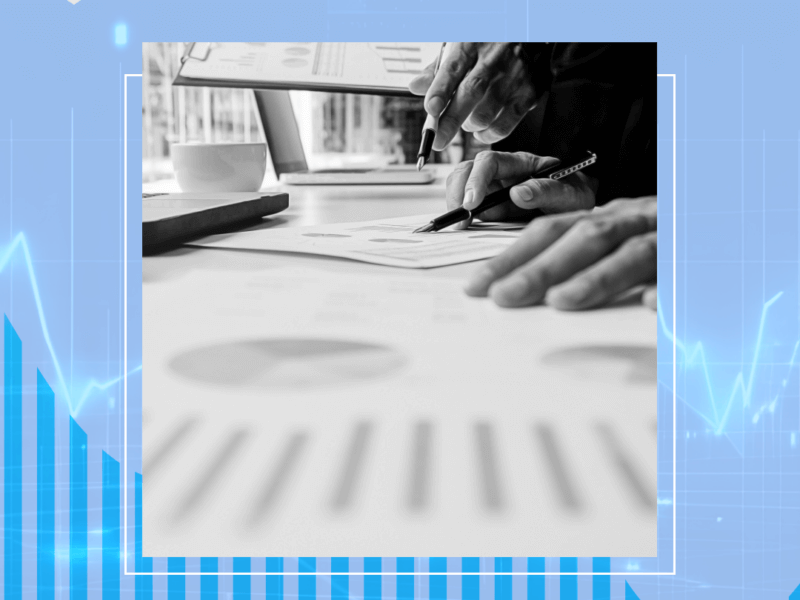Understanding of volume in trading
Trading volume refers to the number of shares or contracts traded in a security or market in a given period. It represents the activity of traders and investors. Each unit of volume in the market reflects the action of two people. One trader sells a share, another buys a share, or one trader buys a contract and another sells a contract. A daily volume, for example, is the number of contracts or shares traded each day. It is an important indicator of market activity and liquidity and reflects the level of participation and interest of traders and investors.
Investors usually plot volume in the form of a histogram – vertical bars whose height reflects the trading volume for each period. Most of the time they plot it below the prices. Changes in volume show how bulls and bears react to price fluctuations and indicate whether trends will continue or reverse.
There are three methods for calculating the volume:
1. The total number of shares or contracts traded, as reported by the New York Stock Exchange. This is considered the most objective method of measuring volume.
2. The number of trades executed. The London Stock Exchange, for example, reports volume in this way. This method is less objective as it does not consider differences in trade sizes (e.g. 10 shares compared to 1000 shares).
3. Tick volume is the number of price changes within a certain time frame (e.g. every hour or 4 hours). It gets its name from the fact that most price changes correspond to one tick. Day traders often use tick volume as a substitute for intraday trading volume, as most exchanges do not report intraday volume.
Volume-Based Indicators
Traders use several volume-based indicators to analyze market trends and make informed trading decisions. One popular indicator is the Volume Weighted Average Price (VWAP), which calculates the average price of a security based on both price and volume over a specific time period. Another common indicator is the On-Balance Volume (OBV), which tracks the volume flow in and out of security to predict future price movements and market trends.
The Importance of Volume in Trading
Volume is the simplest, yet single most important indicator of the current price trend. It confirms price trends, with increasing volume indicating a strong trend and decreasing volume signaling a weakening trend. The volume also helps identify potential reversals or breakouts by suggesting significant shifts in market sentiment during such events.
Despite its importance, traders often overlook volume in favor of other indicators, such as moving averages or oscillators. Some traders ignore volume and believe that prices already reflect all market information. However, professionals understand that analyzing volume can provide deeper market insights and improve trading strategies.
📌 In conclusion, volume is a critical factor in trading. Recognizing its significance in market analysis and volume-based indicators can help traders identify opportunities and manage risk effectively. At ISEC Wealth Management, we leverage volume in our market analyses to ensure well-informed trading decisions that align with our commitment to deliver optimal results for our clients.
Risk Warning: The information in this article is presented for general information and shall be treated as a marketing communication only. This analysis is not a recommendation to sell or buy any instrument. Investing in financial instruments involves a high degree of risk and may not be suitable for all investors. Trading in financial instruments can result in both an increase and a decrease in capital. Please refer to our Risk Disclosure available on our web site for further information.



Short and concise.
All that one needs to know about volume in trading is included.
I was happy to read that you even mentioned the main indicators we can use in everyday trading.
I won’t be lying that when I was reading ISEC Wealth Management reviews I got hooked by the services according to the descriptions of people who already cooperated with them. After that I immediately passed the registration and submitted a request, after a while their team contacted me and they explained all the details of the partnership. I’m glad that I stumbled upon this great company.